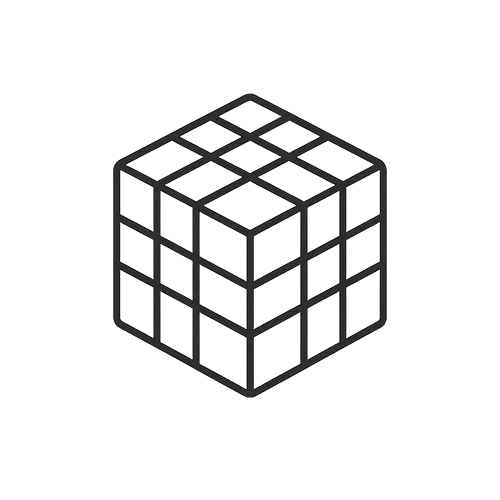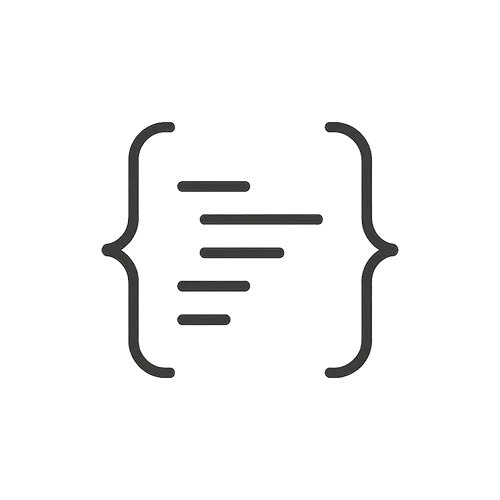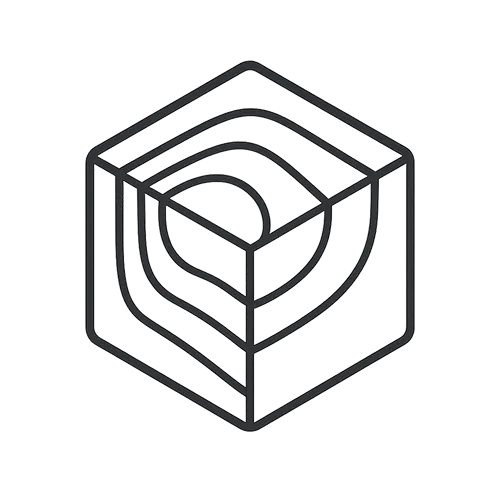Packages & Tutorials
Engineering Files & Tools
Software

Ready-to-use Models (FEA/CFD)

Excel Sheets & Hand Calculations










Steel-reinforced concrete (SRC) columns have been widely used in engineering structures, such as super high-rise buildings, bridges, and railway stations, due to the high bearing capacity and excellent seismic resistance of SRC columns, compared to reinforced concrete (RC) columns. columns. During their service life, these structures may experience various kinds of impact-loading, caused by collision, loose boulders, and blasts. Typical collisions, caused by vessels and vehicles, are commonplace for bridge pier SRC columns and exterior SRC columns in viaducts and related structures. Accidental collisions can generate strong impact loads, which act on columns in a very short time. Such loads can lead to serious damage or even collapse the whole structure. Even a minor collision that causes limited damage to the bridge can result in the bridge being closed for inspection and repair before it is put back into service
According to the position of the steel skeleton in the section, it can be divided into symmetrical and non-symmetrical steel sections. To satisfy the uneven state of stress, the T-shaped and L-shaped non-symmetrical steel section is usually used inside and corner columns in actual engineering, which are more susceptible to impact loads. The impact load is mainly located on the symmetry axis. Therefore, it is necessary to study the dynamic response and damage of axially compressed SRC columns under impact load.
The example is similar to this paper:” Experimental study on the dynamic behavior of T-shaped steel reinforced concrete columns under impact loading.”
In this tutorial, we used the Johnson-Holmquist material model as an input code to define the proper behavior of concrete under impact load. The Johnson-Cook hardening and damage are used for the steel beam and reinforcements.


Dynamic
€1,00 €0,00
See more

Want to receive push notifications for all major on-site activities?